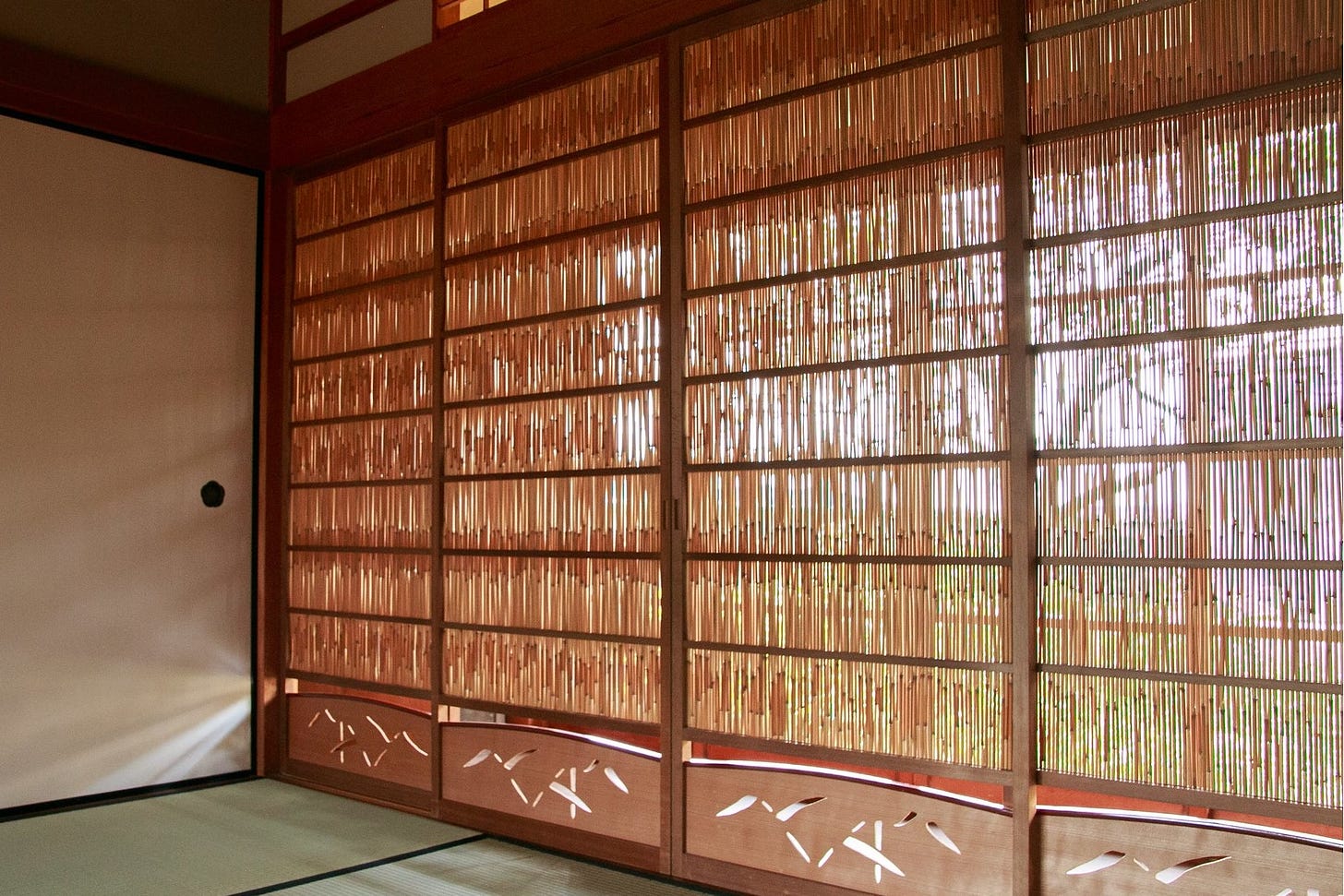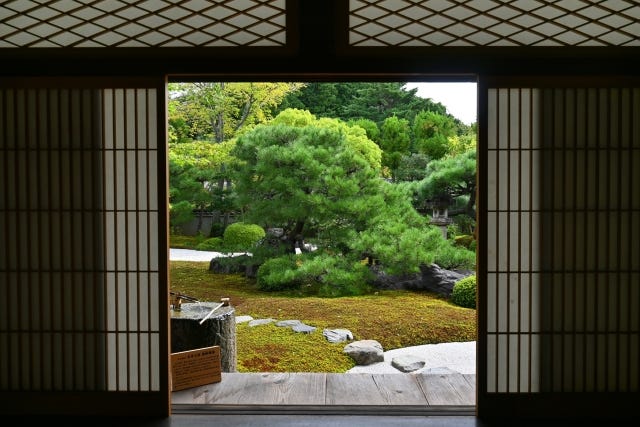Changing shoji screen according to the season, the Japanese culture
Old Japanese life and culture revealed through literature
In the old days in Japan, there was a culture of changing shoji screens between summer and winter, and there were craftsmen called "tategushi" who made and repaired shoji screens. Shoji screens, which were used in many homes in the past, are now only seen in temples, Japanese restaurants, inns and traditional architecture. So it seems that the younger the generation, the more unaware they are of the culture of changing shoji screens with the seasons or replacing the washi paper they use.

Lifestyles in Literature
In Japan, there has been a culture of poetry such as waka poetry since ancient times, and it is said that it was popular among aristocrats and other high-ranking people. This was probably because the literacy rate was still low at the time, but in the Edo period (1603-1868), when literacy rates increased, satirical poetry called “俳諧(haikai)” became popular among the common people. It is said that this eventually became a literary form called “俳句(haiku)”, which consists of 5-7-5 characters, by “松尾芭蕉(Matsuo Basho).
Haiku not only requires a set number of characters, but also one word related to the season called a "季語(kigo)," but there are a huge number of seasonal words, and it is impossible to remember them all. For this reason, there are seasonal word collections called "歳時記(saijiki)" or "季寄せ(kiyose)," which are indispensable for haiku poets.
Both my mother and aunt have been writing haiku since they were young. My aunt was a haiku instructor. That's why there are many haiku books and saijiki at my parents' house. While flipping through an old saijiki, I found that the seasonal word for October was "障子洗う(shoji arau)." This means shoji screen wash. Shoji is a type of Japanese sliding door with a lattice door covered in washi paper. It's called shoji screen in English. Before winter comes, the old washi paper is peeled off and the wooden frame is washed with water. Once dry, new washi paper is pasted on. In haiku this process is expressed as "障子洗う(shoji arafu)" and "障子貼る(shoji haru)."
It is considered an autumn seasonal word because the washi paper on the shoji screen is replaced in autumn. Washi paper is not suitable for the humid Japanese summer because it does not let the wind through. That is why shoji screen is replaced with "簀戸(sudo)" in summer. Sudo is sliding doors with a wooden frame and reeds fitted into it. It’s called reed screen door in English. It blocks sunlight and lets the wind through, preventing heat from building up inside the house.


While the reed screen door is in use, it is stored in the storage room called "納戸(nando)." In autumn, reed screen doors are stored in the storage room and replaced with a new shoji screen with washi paper pasted on it.
Culture born from Japan's climate and natural features
In modern times, Western-style architecture and concrete buildings have increased, and the number of houses with shoji screens has decreased. The number of people who re-paper shoji screens and use reed screen doors is surprisingly low. Therefore, the seasonal words “障子洗う(wash shoji screen)" and "障子貼る(paste shoji screen)" are also disappearing from the world of haiku.
And if this continues, the knowledge and skills of making and repairing Japanese “障子(shoji)” and “襖(fusuma)”, which have been passed down for hundreds of years, may also disappear. In Japan, where the amount of moisture in the air changes with the seasons, the wood that forms the framework of shoji and fusuma, and the washi paper that is pasted on them, undergo subtle expansion and contraction throughout the year. Shoji made with this in mind are highly functional and can be used for decades if repaired. They are also very beautiful to look at, setting them apart from mass-produced shoji. Their beauty is probably the result of a fusion of knowledge and skills inherited from previous generations and the intuition that comes from the experience of craftsmen. The more you learn about Japanese culture, the deeper it becomes, and I hope that many people will learn about its original meaning and origin.


Reference
俳句とはどんなものか / 高浜虚子
季寄せ / 高浜虚子
絶滅寸前季語辞典 / 夏井いつき
日本人の歴史を読み直す / 網野善彦



